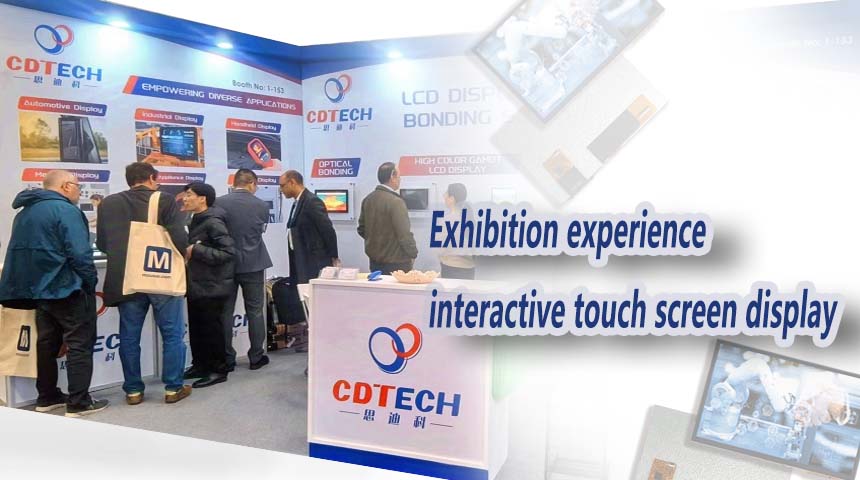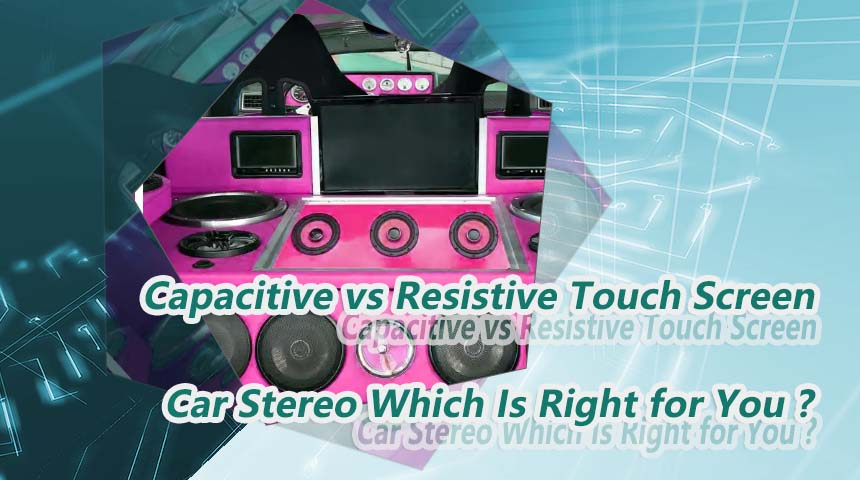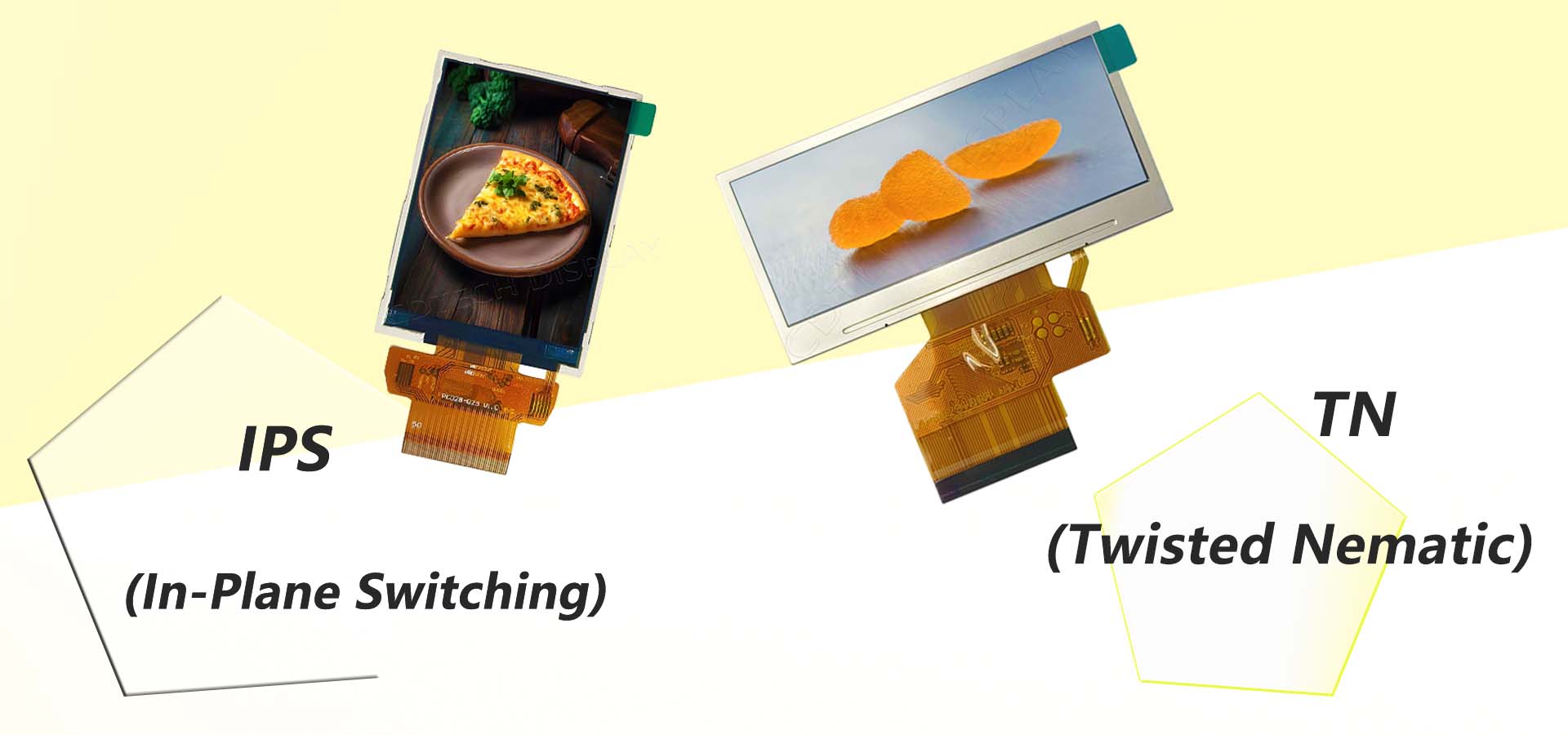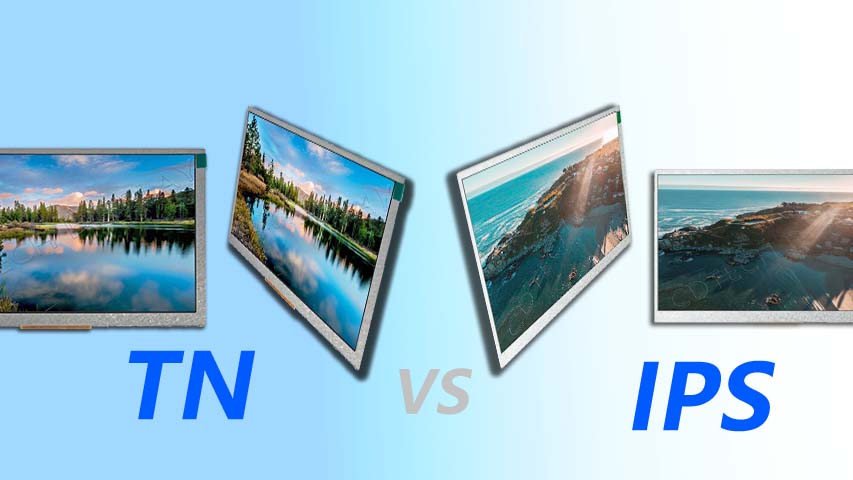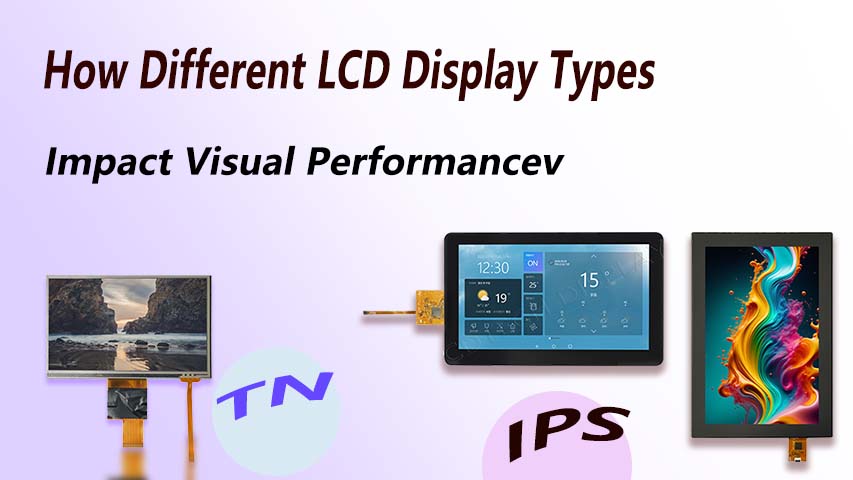Comparing TFT Touch and OLED: Which Suits Your Needs Better?
What Are TFT Touch and OLED Displays?
TFT touch and OLED are two big names in flat-panel display tech for today’s gadgets and industrial gear. Each has its own strengths and things to think about depending on what you’re using them for.
How Does a TFT Touch Display Work?
A TFT (Thin-Film Transistor) touch display is a kind of LCD (Liquid Crystal Display) that uses thin-film transistor tech to make images look sharper. Each pixel gets its own transistor, so you get quick refresh rates and spot-on color control. These screens need a backlight—usually LED—to light up the liquid crystals and show the picture. Adding a touch panel lets you interact with it, using either resistive or capacitive touch.
With Capacitive Touch Panel or Resistive Touch Panel option.
What Makes OLED Tech Special?
OLED (Organic Light Emitting Diode) displays work differently. They don’t need a backlight because each pixel lights up on its own when powered. This gives you super deep blacks since pixels can shut off completely. It also makes for thinner screens with brighter, punchier colors.
Key Differences in Display Tech
The big difference is how they light up: TFT touch displays use a separate backlight, while OLEDs light themselves. This affects picture quality, thickness, flexibility, power use, and price.

How Do Image Quality and Color Performance Stack Up?
Which Display Has Better Brightness and Contrast?
OLEDs are famous for killer contrast ratios. Since pixels can turn off fully, you get true blacks and crazy high contrast. But high-end TFT touch screens can hold their own in brightness, especially ones built for outdoor use.
How Do Viewing Angles Affect User Experience?
OLEDs usually give you wider viewing angles without colors or contrast fading. Regular TFT touch screens might show color shifts or dimming at sharp angles. But newer IPS (In-Plane Switching) tech has made this a lot better.
What’s the Deal with Color Accuracy When Picking a Display?
Color accuracy matters big time in stuff like medical imaging, design, or photography. OLEDs tend to win for vibrant colors and wide range. But modern TFT touch screens can be tweaked for dead-on color, making them great for industrial or pro settings.
Which Is Tougher and Lasts Longer?
How Do TFT Touch Screens Hold Up Over Time?
TFT touch screens are super durable across tons of industries. Since they don’t use organic materials for light, they’re less likely to get image burn-in. Their lifespan depends a lot on the backlight quality.
Is OLED Likely to Get Burn-In or Wear Out?
One downside of OLEDs is they can get burn-in. If static images stay on too long, you might see ghost images from uneven pixel wear. Also, the organic stuff in OLEDs wears down over time, which can mess with brightness and color.
Which Display Is Better for Non-Stop Use?
For stuff that runs all the time—like industrial monitors or public info screens—TFT touch screens are often the pick. They don’t get burn-in and keep performing steady over long stretches.
What About Power Use and Efficiency?
Why Does Power Use Matter When Choosing a Display?
Power efficiency is a big deal for battery-powered gear like phones, tablets, or portable tools. Less power use means longer battery life and less heat.
Does TFT Use More Power Than OLED?
TFT touch screens usually eat up more power than OLEDs. That’s because they need constant backlighting across the whole screen, even for dark stuff. OLEDs only light up the pixels they need, so they’re more efficient, especially with darker displays.
How Do These Displays Affect Battery Life in Portable Gear?
In mobile setups where battery life is everything, OLEDs often come out on top since they only light up what’s needed. But power-saving TFTs with LED backlighting and brightness controls can still give decent battery performance.
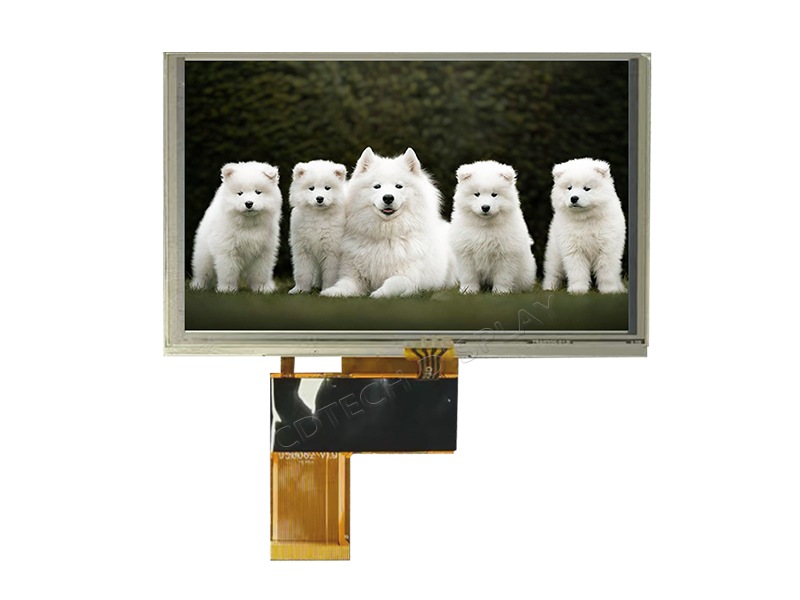
Where Do TFT Touch and OLED Shine?
Which Display Is Better for Outdoor Use?
Sunlight Readability: Who Wins?
TFT touch screens with high-brightness backlights rock in outdoor settings. The regular aspect ratio of TFT LCD panels is 4:3 or 16:9, but for some smart home applications It can support touch with gloves, anti-fingerprint, etc.. That makes them perfect for outdoor kiosks or car dashboards.
Response Time in Interactive Apps
OLEDs usually have faster response times since they light up directly, cutting down on motion blur in fast stuff like gaming or videos. But modern TFTs are catching up with quicker circuits.
Are There Industries That Lean Toward One Over the Other?
Fields like healthcare, manufacturing, and transportation often go for TFT touch tech because it’s reliable and versatile. Meanwhile, OLEDs rule in consumer gadgets like phones and fancy TVs where looks and color depth are key.
Cost Stuff: Which Gives More Bang for Your Buck?
Why Are OLED Screens Usually Pricier?
Making OLEDs is tricky and uses pricey organic compounds, so they cost more. Lower yield rates from sensitive manufacturing also bump up the price.
Can TFT Touch Be a Budget-Friendly Option?
Yes, in order to meet with customers requirement especially for custom project, we can develop more derivative solution for TFT with touch panel.. TFT tech has been around forever, so it’s cheaper for lots of uses without skimping too much on performance.
How Easy Is It to Add Each Type to Your Project?
Are TFT Touch Panels Easier to Customize for Industrial Use?
Totally. Customized LCD OD, LCD AA, FPC OD, backlight options make TFT modules super flexible for projects like medical gear, factory machines, or home appliances.
Interface Options and Compatibility
TFT modules often come with standard interfaces like HDMI or RGB, which make hooking them up to existing gear a breeze during development.
Availability of Development Support
Since TFTs are used everywhere, there’s tons of documentation and tech support out there, speeding up your development process.
Why Go with CDTech for Your TFT Touch Panel Needs?
Who’s CDTech and What’s Their Specialty?
We at CDTech focus on top-notch LCD modules, including TFT touch panels built to industrial-grade standards. Our LCD module, touch panel, HDMI & converter board products are all designed and manufactured to meet the highest standards of quality and environmental responsibility.
What Makes CDTech’s TFT Touch Panels Stand Out?
Range of Sizes and Resolutions
We got TFT touch displays from small to big, with resolutions that fit all kinds of visual needs—from standard 4:3 or 16:9 to custom bar-type displays.
High Brightness for Outdoor Viewing
Our high-brightness models are made for great outdoor readability. They come with options like glove-touch support and anti-fingerprint coatings. It can support touch with gloves, anti-fingerprint, etc..
Solid Performance in Tough Settings
Our panels are built to handle rough environments where toughness and steady performance matter—like industrial automation, transportation systems, or rugged handhelds.
How Can CDTech Help Your Product Development?
We offer custom services like tweaking mechanical designs (OD/AA), flexible PCB options (FPC OD), and custom backlighting to help you blend our TFT touch products into your project smoothly.

FAQ
Q: What’s the difference between a TFT touch screen and an OLED display?
A: A TFT touch screen uses a backlight to light up liquid crystals arranged in pixels controlled by thin-film transistors. An OLED display emits light directly from organic materials without needing a backlight. OLEDs offer better contrast and flexibility; however, TFTs provide robust durability at lower costs.
Q: Is a TFT touch screen good for outdoor applications?
A: Yes. With high-brightness backlights and optional features like anti-fingerprint coating or glove compatibility, modern TFT touch screens perform well under direct sunlight.
Q: Which display type is more energy-efficient: TFT or OLED?
A: OLEDs are generally more energy-efficient because only active pixels emit light, especially when displaying darker content. TFTs require continuous backlighting which consumes more power regardless of screen content.


 2025-10-31
2025-10-31  11:50
11:50 